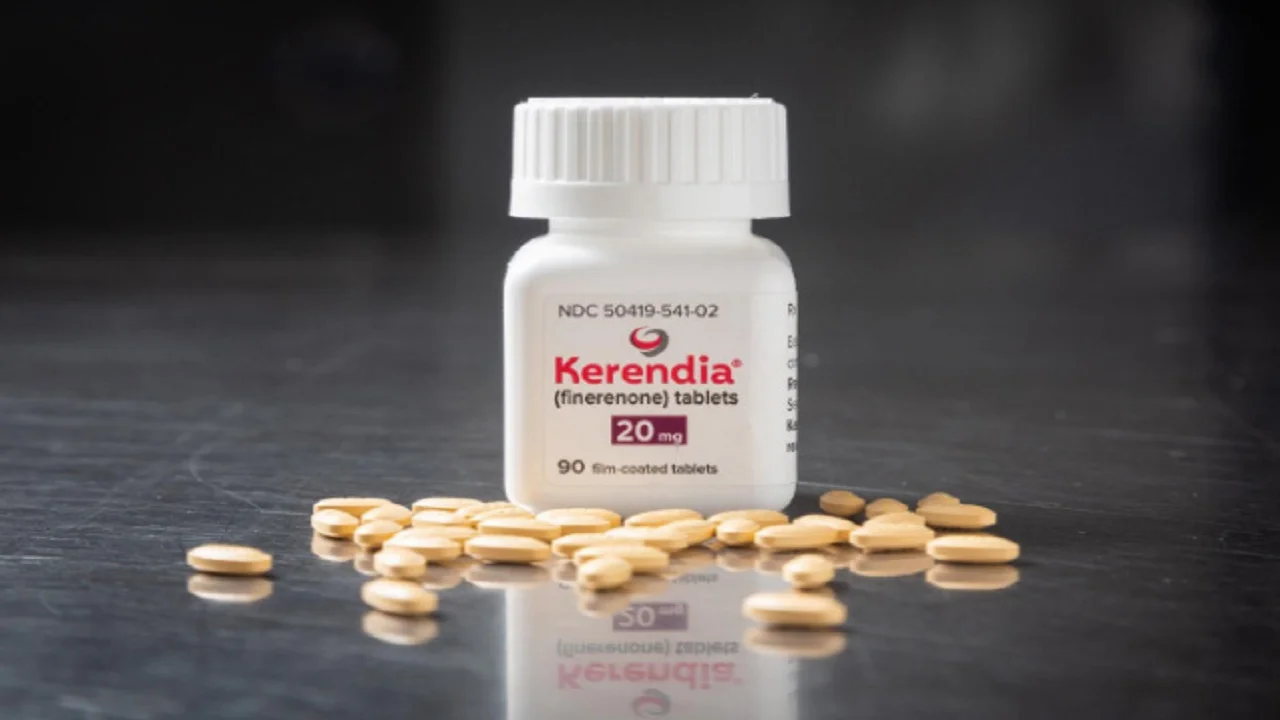
IV Iron Repletion For Patients With HF And Iron Deficiency
The following are key points to remember from a state-of-the-art review about intravenous (IV) iron repletion for patients with heart failure (HF) and iron deficiency:
- Guidelines from the American Heart Association/American College of Cardiology (AHA/ACC) and European Society of Cardiology (ESC) recommend IV iron replacement in patients with HF and reduced ejection fraction (HFrEF) and iron deficiency with or without anemia to improve functional status and quality of life as a Class IIa recommendation. While the AHA/ACC guideline gives this a Class 2A recommendation, ESC gives it a Class I recommendation. An additional update has been added to the ESC guidelines also recommending IV iron in patients with symptomatic HFrEF or HF with mid-range EF as a Class 2A recommendation.
- Iron deficiency can occur due to inadequate total body stores called absolute iron deficiency and is caused by nutritional deficiencies or blood loss. It can also be caused by inadequate access to stores despite normal store called functional iron deficiency. The gold standard for diagnosing iron deficiency is iron staining of bone marrow biopsy but due to the invasive nature of this study, in clinical practice, iron indices are used including ferritin, transferrin saturation (Tsat), and serum iron levels.
- Serum ferritin is an acute phase reactant that varies in inflammatory states such as HF, making it challenging to rely upon. Definition of iron deficiency in HF and for clinical trials in HF have been modeled off chronic kidney disease literature and suggest using ferritin <100 or ferritin 100-299 with Tsat <20%.
- Studies suggest that one third of patients diagnosed with iron deficiency using ferritin and Tsat criteria as stated above have normal bone marrow iron stores. A Tsat level of <20% and serum iron level <13 μg/dL instead correlate more strongly with decreased bone marrow iron stores.
- Serum iron indices in HF fluctuate over time and can normalize even without iron replacement. However, those with persistent iron deficiency at 1 year had a higher mortality and those with normalized iron indices had a lower mortality in the absence of iron replacement. These observations raise the question of whether serum iron indices accurately reflect iron deficiency in all circumstances.
- Studies including a randomized controlled trial (RCT) suggest a detrimental effect of erythropoiesis-stimulating agents in HF. Darbepoetin use in HFrEF correlated with thromboembolic events and ischemic stroke.
- Three moderate-sized RCTs (FAIR-HF, CONFIRM-HF, and EFFECT-HF with 174-459 patients enrolled) suggest ferric carboxymaltose in HFrEF patients with iron deficiency (as defined by transferrin <100 or transferrin 100-299 with Tsat <20%) without anemia was associated with functional and subjective improvements. These trials largely included a majority White population with ischemic cardiomyopathy and a substantial burden of angina. In addition, EFFECT-HF used a controversial imputation strategy for patients who died during the trial and when this was abandoned, benefit with IV iron was no longer seen.
- More recently, three larger sized trials with iron (AFFIRM-HF, IRONMAN, and HEART-FID with 1,132-3,065 patients enrolled) have not shown a benefit with IV iron in their primary composite endpoint. AFFIRM-HF was impacted by the COVID-19 pandemic. While IRONMAN showed a reduction in the secondary endpoint of cardiovascular death or hospitalization for stroke, HF, or myocardial infarction, this was not replicated in AFFIRM-HF. HEART-FID had a hierarchical composite primary endpoint of death, HF hospitalizations at 12 months, and change in 6-minute walk test that was negative.
- IV iron bypasses typical regulation of iron mediated by hepcidin resulting in potential damage to endothelial cells as elemental iron produces free radicals. Oral iron is tightly regulated by hepcidin, making iron toxicity unlikely but is associated with gastrointestinal (GI) side effects. In humans, IV iron has been associated with reduction in endothelial cell health. It is also associated with higher risk of infection than oral iron and hypophosphatemia. Current HF trials do not have adequate long-term data on iron safety nor do they compare oral iron to IV iron.
- Newer data suggest there may be alternative serum markers of iron deficiency such as soluble transferrin receptor (sTFR) but these have not been investigated in HF. Alternate measures of iron deficiency are needed in HF due to variability in serum iron indices seen with HF treatment without iron replacement.
- Newer oral formulations such as oral sucrosomial iron suggest a better GI side-effect profile and are being studied in HF with preserved EF and HFrEF patients compared with IV iron.
- Authors of this review use IV iron in hospitalized HF patients with Tsat <20% and serum iron <13 μg/dL. For other HF patients not meeting these criteria but with ferritin <100 or 100-299 with Tsat <20%, they use oral iron. However, oral iron has yet to be evaluated in a clinical trial in HF. They do not use IV iron in patients with acute coronary syndrome and use serum ferritin only when levels are very low.







